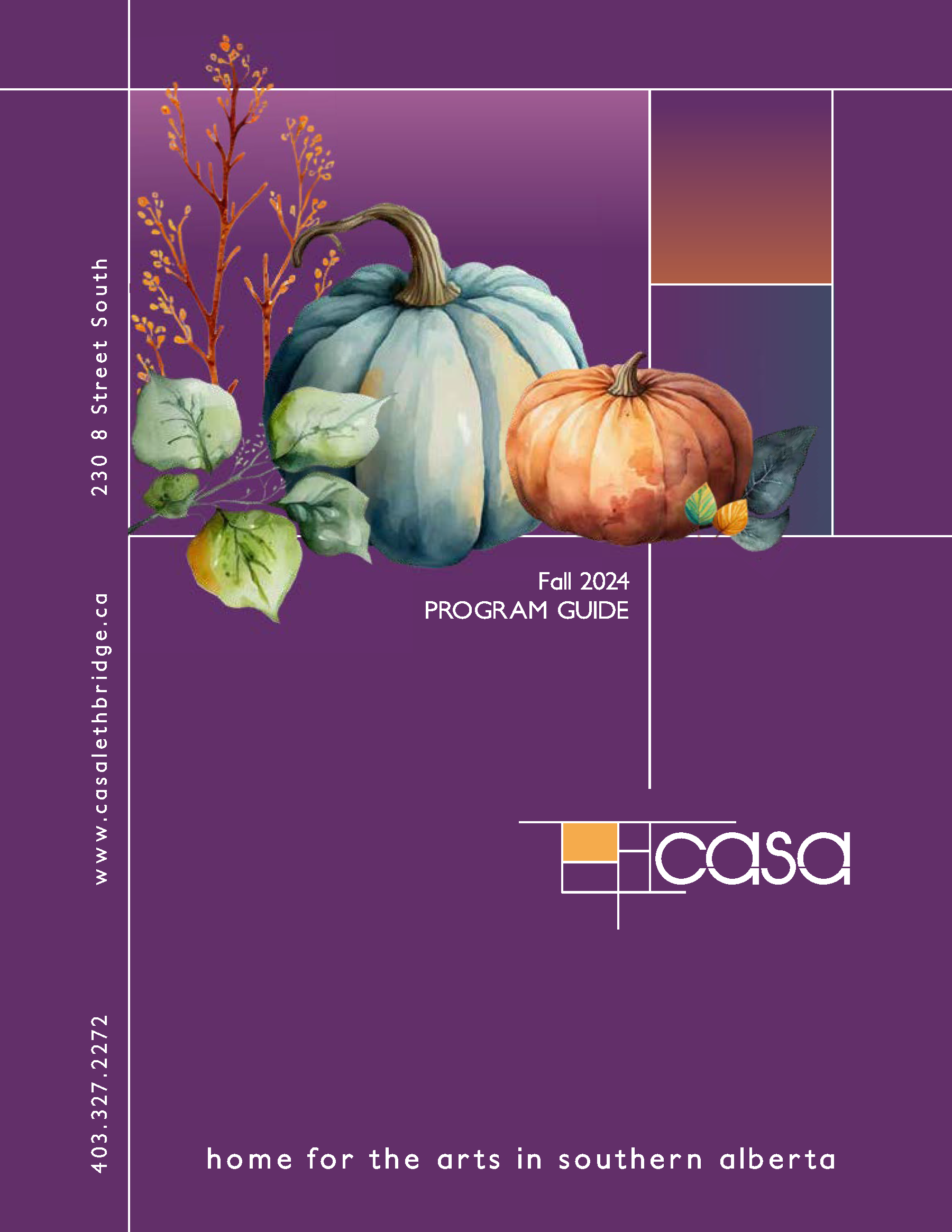Diary of Earthly Things – Leah Koutroumanos

Diary of Earthly Things – Leah Koutroumanos
Through a painting practice focused on representation and mimetic rendering, my work addresses illusive moments of everyday experience. By aesthetically assessing my domestic space, I have developed a body of watercolour paintings that depict isolated subjects, such as residual objects and fragments. Referring to the genre of still life and trompe-l’oeil, my small format compositions are descriptive, precise and diaristic. A testimony to the lived experience, painting from life produces nuance and ambiguity which challenges the search for truth, and any notion of realism. My work is an anthropological investigation which explores the fundamentally human attachment to the material world. The relevance of this is emphasized by the social circumstances of the pandemic in which these paintings have been conceptualized.
I am looking to establish a sense of permanence, specific to my experience yet relatable. Mundane objects are validated by the act of painting them, inscribing each object’s worth. Therefore, a spiritually motivated technical study enhances the intimacy of the recorded moment. However, the plastic qualities of the isolated subjects force each to acknowledging its status as a painting.
I am questioning where my work belongs in the canon of painting. Historically, female artists were confined to still life and flower painting. The gendered hierarchy within the visual arts produces a differentiation in how skills are valued. I have looked towards illuminated manuscripts, miniature painting and watercolour because it was anonymous women’s work. A product of circumstance, my narrative is bound to the domestic setting, while existing without a specific sense of place. These paintings subvert the notion that decorative and intellectual realms are mutually exclusive and resist Western patriarchal pursuits of efficiency and industrialized production. By analysing the association between woman and home, I am questioning the social landscape of ‘women’s work.’
I appreciate the paintings of Sofonisba Anguissola and Mary Cassatt for their intimate portrayal of their immediate environment. Representation is therefore not about replication but rather it is about looking, presence and relative truth. By identifying with domesticity, my thematic focus is narrowed. These are therefore naturalistic, research-based studies. This is inspired by the watercolours of Mary Vaux Walcott and the photographs of Karl Blossfeldt. This has influenced the flat background of my watercolours which inhibits spatial recession and forces the image to bound forward.
Beauty and ambiguity are explored in my watercolours through contemplation of the ‘stumbled upon’ and an objects value, determined by its evanescence. I am describing the passing of time using static informal subject matter. I look to the series Day by Day, Good Day by Peter Dreher and On Kawara’s Date Paintings as they consider each work as individual performances and ritual. This are investigations into how the subtleties of everyday experience produce an in-depth account of the endless variability of human experience. The system of notation that I am using employs nuance and repetition in order to depict a moment that is monumental yet unglorified. As a series, my paintings perform a diaristic display of concurrent moments with no conceptual need for sequential literacy. The sensation of my interaction with the object is inherent within the rendering, allowing a moment to be represented. The mark of the hand, in both On Kawara and Peter Dreher’s work, tailors the viewers perception of multiple unique experiences and a cohesive narrative governed by suggestion. By negotiating the relationship between form and space, these marks act as a counter-balance to the falsehoods of realism. Formalism is not a characteristic of each compositions but rather the fundamental attitude of their construction.
My body of work is a series of translations from observation to re-materialization by the hand. The resulting translation is filtered through conscious and subconscious judgments. These paintings are coded imitations and abstractions that question the neutrality of the explicitly representational. Made possible by these factors, an emotional interaction is formulated for the viewer, using a curated collection of personal objects.
I consider the weight of painting images in social solitude. This body of work is a response to life during a global pandemic. Rather than directly referencing it, the paintings present an account of this period through a material process that has allowed me to stay grounded and to maintain a connection to the lived moment.
Artist bio:
I am a recent graduate of the University of Lethbridge Fine Arts department, currently working out of Calgary. During my final semester, I completed an undergraduate thesis from home. My practice mainly includes watercolour and oil paint studies of objects and plein air painting.
Date:November 20th, 2021 - January 15th, 2022
Fee:free
Location:Casa - Project Space

